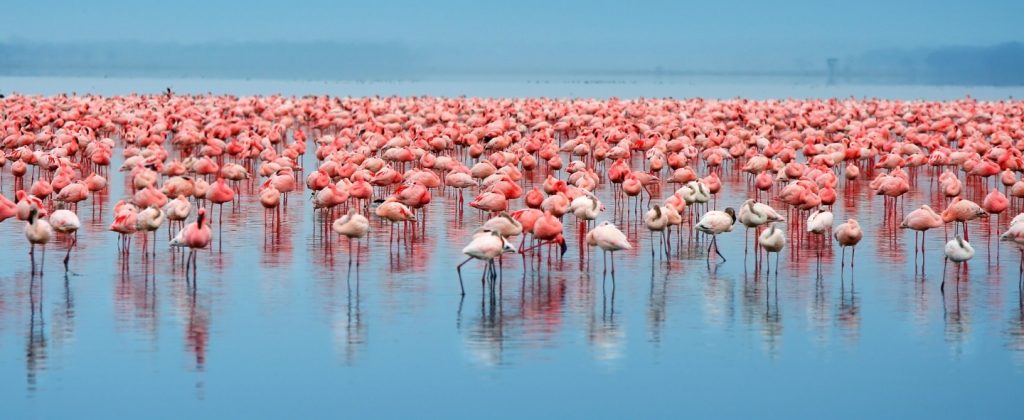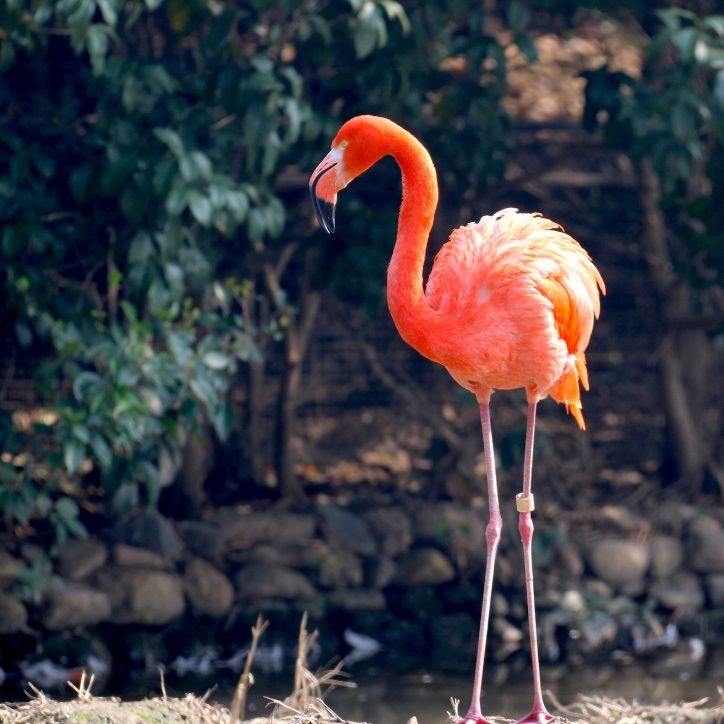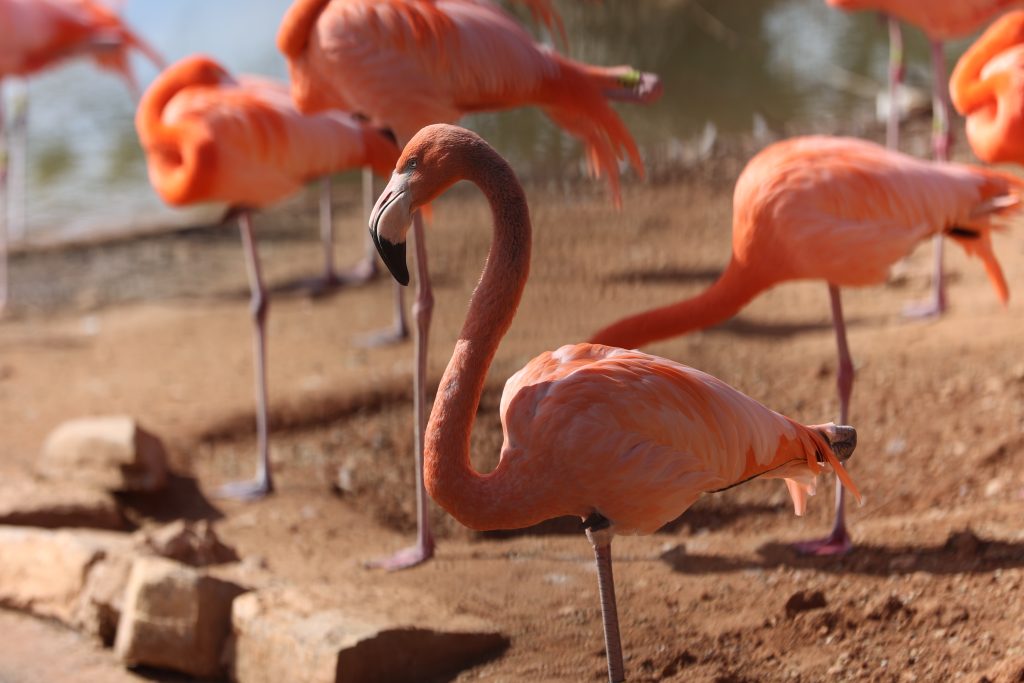Our hours for May 10, 2024: 9:00 AM-5:00 PM

Caribbean Flamingo or Phoenicopterus ruber is a large species of flamingo closely related to the greater flamingo and Chilean flamingo. Come meet our flock in Wetlands of the Americas here at the Abilene Zoo.

Phoenicopterus ruber is native to the Caribbean area typically near marine coastal. They usually live in the shallows of salt or brackish water or alkaline lakes.

Flamingos are very Social. They live in flocks in thousands; they are monogamous and lay a single egg at a time. Both parents care for the young, they are gray when they hatch, the pink color comes from pigments in the food they eat.

How long do they live? Flamingos can live anywhere from 40 to 60 years old.

What do they eat? Flamingos are omnivores, they eat small invertebrates such as shrimp, mollusks, small seeds, and algae.

The American Flamingo, also known as the Caribbean Flamingo (Phoenicopterus ruber), is a large, vibrantly colored bird celebrated for its elegant stature and stunning pink plumage. Visit our Wetlands of the Americas exhibit to witness these magnificent creatures in all their glory. Let’s explore their diet, habitat, size, and conservation status, as well as some intriguing facts that make the American/Caribbean Flamingo a true spectacle of the natural world.
American/Caribbean Flamingos are filter feeders, subsisting primarily on small organisms like shrimp, algae, and microscopic animals (like diatoms) found in brackish or salty water. The flamingo’s unique beak is specially adapted for filter feeding, helping them sift through mud and water to extract their meals. Their vivid pink coloration is a result of the high levels of beta carotene found in their diet.
American/Caribbean Flamingos inhabit the coastal regions, salt lakes, lagoons, and mudflats of the Caribbean islands, the Yucatán Peninsula, and the Galápagos Islands. They are also occasionally seen in southern Florida. They require salty or alkaline habitats because such environments harbor the specific food sources that flamingos rely on.
American/Caribbean Flamingos are among the largest species of flamingos, standing between 3.9 to 4.7 feet (1.2 to 1.4 meters) tall. They generally weigh between 4.4 to 8.8 pounds (2 to 4 kg). Their wingspan is quite impressive as well, reaching up to 5 feet (1.5 meters).
The American/Caribbean Flamingo is currently listed as “Least Concern” on the International Union for Conservation of Nature (IUCN) Red List. While their population is considered stable across most of their range, they still face threats from habitat loss, disturbance of breeding sites, and illegal egg collection in some areas.
During your visit to the Abilene Zoo, be sure to stop by our Wetlands of the Americas to observe the vibrant American/Caribbean Flamingo.


The Abilene Zoo is committed to ensuring that endangered species have a future in the wild.
Find Out How